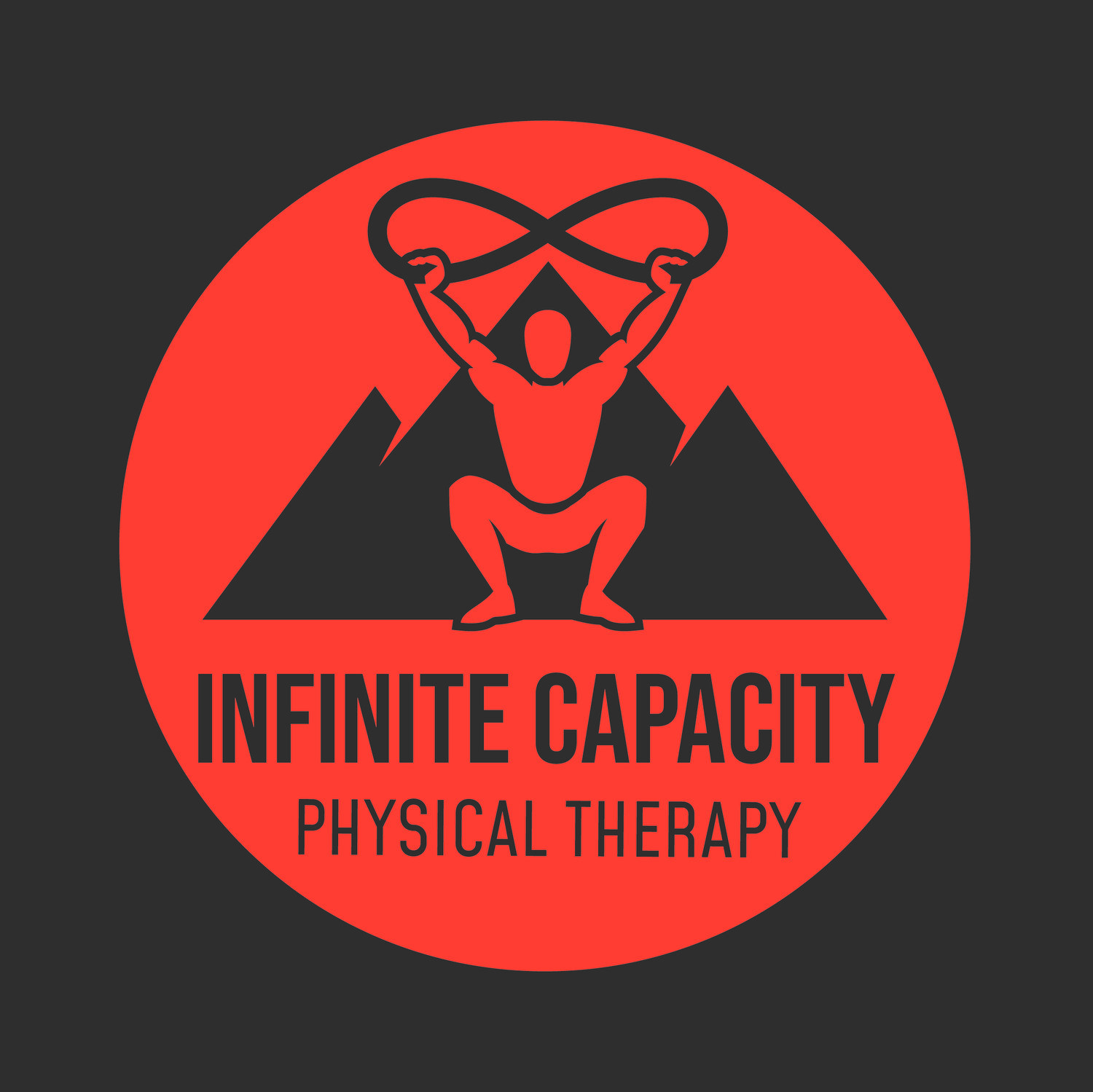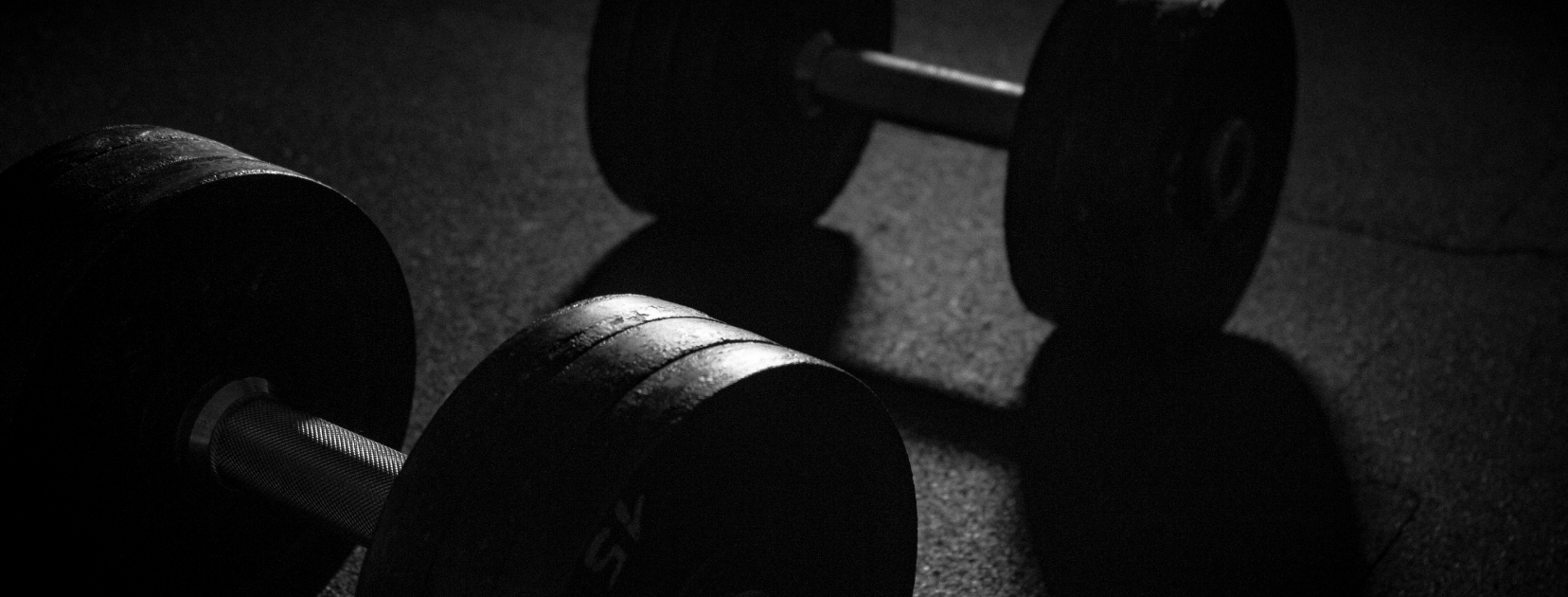Paving the Path to Running: Introduction and Part 1
With the coming of spring, and the weather beginning to turn, many people are looking to get outdoors. Along with the recent changes due to COVID-19, social distancing and closing of gyms has people seeking alternative ways to train. This will lead many people to get back into running.
Whether you’re ready to get back out on the roads, or you don’t feel confident about running, this blog series is for you. Part 1 will look into some common misconceptions about running. Part 2 will address recommended strengthening to support running. Part 3 will show how to properly warm-up before running. Finally, Part 4 will discuss how to track running loads to prevent overuse injuries.
Part 1: Common running misconceptions
Misconception #1:
I hear it ALL the time… “Running is bad for your hips and knees” or “X-rays showed I have some knee arthritis, so I probably shouldn’t run” or “Running bothers my hips/knees, so I’m just not going to do it”. So let’s look at the evidence.
A 2017 review of 17 studies including almost 115,000 people found that only 3.5% of recreational runners display hip or knee arthritis compared to 10.2% in sedentary non-runners. That’s right! People who don’t run actually have a higher chance of having hip or knee arthritis than recreational runners. There does seem to be an upper limit though. There was also an increased risk for hip or knee arthritis in individuals who participated in high-volume and high-intensity running of more than 57 miles per week.(1)
So… “Running is bad for your hips and knees”—FALSE. Running is actually better for your hips and knees than being sedentary.
But what about those individuals who already have signs of knee arthritis? Well, a 2018 study addressed that question by looking at the association between symptoms and worsening of knee arthritis due to running. The study included 1203 individuals found that self-selected running is associated with decreases in knee pain and no structural worsening on x-ray. They concluded that “self-selected running, which is likely influenced by knee symptoms and may result in lower intensity and shorter duration sessions of exercise, need not be discouraged in people with knee osteoarthritis.”(2)
Again… “X-rays showed I have some knee arthritis, so I probably shouldn’t run”—FALSE. Self-selected running can actually improve knee symptoms, and does NOT make arthritis worse on x-ray.
If running doesn’t cause or worsen arthritis, then what is going on in those that experience hip or knee pain during or after running? It might have more to do with the strength of the muscles around those joints, than it does the actual bones and joints themselves. A couple of studies display the correlation between muscle strength and pain associated with running. One study looking at a group of high school cross country runners found that those with weaker hip and knee muscles had a higher incidence of knee pain, concluding that “increasing hip and knee muscle strength may reduce the likelihood of anterior knee pain” in that population.(3) Another study comparing 30 runners with lower extremity injury to 30 runners without injury found an association between decreased hip muscle strength and running-related lower extremity injury. They also concluded that “the addition of strengthening exercises to specifically identified weak hip muscles may offer better treatment results in patients with running injuries.”(4)
Once again… “Running bothers my hips/knees, so I’m just not going to do it” – FALSE (well, in this situation, this might just be a case of having the wrong attitude about running due to previous misinformation). Stronger muscles around the joints in the lower extremity can prevent running-related overuse injuries, and targeted strengthening can be the treatment of choice for running-related pain and overuse injuries.
Misconception #2:
Another common misconception I hear from patients and around the running community involves running shoes. Many people want to know “What type of shoe should I run in?” or they believe they “NEED a certain type of shoe based on their foot type” (ex. stability or motion control due to increased pronation). What does the research show? Is there a correlation between running shoe type and running-related injury?
One study in 2014 set out to address this exact question. The study included 7200 individuals who were exposed to lots of running… men and women in US military basic training. Each individual in the experimental group was assigned a specific shoe type based on their foot arch height. The study found that “selecting running shoes based on arch height had little influence on injury risk” compared to the control group who were all assigned the same shoe regardless of their foot arch height.(5)
Another study looked at cushioning degradation associated with accumulated mileage. They measured individuals’ running mechanics in a new pair of running shoes, and compared them to the individuals’ mechanics in the same pair of shoes after they had accumulated 200 miles in that shoe. They concluded that “as shoe cushioning capability decreases, runners modify their patterns to maintain constant external loads. The adaptation strategies to shoe degradation were unaffected by different cushioning technologies, suggesting runners should choose shoes for reasons other than cushioning technology.”(6)
In fact, cushioned shoes didn’t even exist until 1964, and didn’t become readily available until Nike developed a cushioned shoe in 1972. Running-related injuries didn’t exist in the scientific or medical literature in the 1960s, and only began to emerge in the 1970s when running became more popular and running shoes were changing. Since the early 2000s, there has been a swing back towards the minimalist running shoe, similar to those worn by athletes such as the Boston Marathon winner in 1970.(7)
Depending on which type of running shoe you wear, there may be a higher risk of certain overuse injuries associated with that shoe type. For instance, wearing a more cushioned shoe can promote more of a rearfoot striking running pattern, which has been found to have significantly higher rates of overuse injury than forefoot striking running pattern.(8) However, transitioning from a cushioned shoe to a minimal shoe or from a rearfoot to a forefoot striking pattern can be associated with specific overuse injuries as well.(7) To avoid these injuries, the solution is to address running mechanics, strengthen appropriately, and transition from one shoe to another slowly and methodically.(3,4,7,8)
Summary
Running is a very accessible option for individuals to train and improve their fitness. Running has not been shown to cause or worsen arthritis, and appropriate muscle strength in the lower extremities has been found to prevent and decrease running-related pain and injury (Stay tuned for Part 2 of this blog series). Your foot type or arch height does not determine what type of shoe you should run in. Wear a shoe that is comfortable and lets you run with comfortable mechanics closer to a mid- or forefoot strike pattern. When transitioning to a new shoe, add miles in the new shoe slowly, while slowly phasing out the old shoe.
Part 2 of this blog series will discuss recommended strengthening to support running training.
References
(1) Alentorn-Geli E, Samuelsson K, Musahl V, Green CL, Bhandari M, Karlsson J. The Association of Recreational and Competitive Running With Hip and Knee Osteoarthritis: A Systematic Review and Meta-analysis. J Orthop Sports Phys Ther. 2017;47(6):373–390. doi:10.2519/jospt.2017.7137
(2) Lo GH, Musa SM, Driban JB, et al. Running does not increase symptoms or structural progression in people with knee osteoarthritis: data from the osteoarthritis initiative. Clin Rheumatol. 2018;37(9):2497–2504. doi:10.1007/s10067-018-4121-3
(3) Luedke LE, Heiderscheit BC, Williams DS, Rauh MJ. ASSOCIATION OF ISOMETRIC STRENGTH OF HIP AND KNEE MUSCLES WITH INJURY RISK IN HIGH SCHOOL CROSS COUNTRY RUNNERS [published correction appears in Int J Sports Phys Ther. 2016 Jun;11(3):496]. Int J Sports Phys Ther. 2015;10(6):868–876.
(4) Niemuth PE, Johnson RJ, Myers MJ, Thieman TJ. Hip muscle weakness and overuse injuries in recreational runners. Clin J Sport Med. 2005;15(1):14–21. doi:10.1097/00042752-200501000-00004
(5) Knapik JJ, Trone DW, Tchandja J, Jones BH. Injury-reduction effectiveness of prescribing running shoes on the basis of foot arch height: summary of military investigations. J Orthop Sports Phys Ther. 2014;44(10):805–812. doi:10.2519/jospt.2014.5342
(6) Kong PW, Candelaria NG, Smith DR. Running in new and worn shoes: a comparison of three types of cushioning footwear. Br J Sports Med. 2009;43(10):745–749. doi:10.1136/bjsm.2008.047761
(7) Davis IS. The re-emergence of the minimal running shoe. J Orthop Sports Phys Ther. 2014;44(10):775–784. doi:10.2519/jospt.2014.5521
(8) Daoud AI, Geissler GJ, Wang F, Saretsky J, Daoud YA, Lieberman DE. Foot strike and injury rates in endurance runners: a retrospective study. Med Sci Sports Exerc. 2012;44(7):1325–1334. doi:10.1249/MSS.0b013e3182465115




